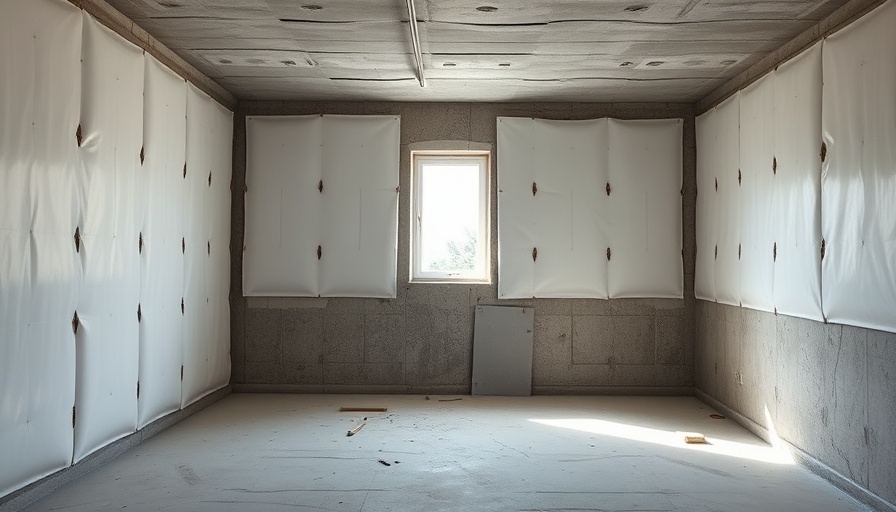
Understanding Thermostatic Radiator Valves in Hydronic Heating Systems
Thermostatic Radiator Valves (TRVs) have emerged as one of the unsung heroes in hydronic heating systems, ensuring optimal energy consumption while maintaining user comfort. Primarily designed to regulate the flow of heated water based on room temperature, TRVs offer a simpler and more cost-efficient means of achieving room-by-room temperature control compared to complex electronic systems.
Why TRVs are Essential
In traditional heating designs, systems often rely on electronic controls, including zone valves and thermostats, each requiring intricate wiring and multiple components. By contrast, TRVs are mechanical devices requiring no electricity to operate. They sense the ambient temperature and adjust the water flow accordingly—reducing unnecessary energy consumption and enhancing comfort in every room.
The Mechanics Behind TRVs
TRVs function through a straightforward mechanism. Each unit contains a sensor that reacts to temperature changes; as the room warms, the valve restricts the flow of heated water, and as it cools, the valve opens to allow more flow. This process not only ensures accurate heating but also enhances system efficiency throughout the home.
Beyond Radiators: Expanding the Use of TRVs
While the name might suggest they are exclusively for radiators, TRVs can control various heating appendages—from baseboards to in-floor heating. This versatile usage aligns with modern desires for more comfortable and energy-efficient living spaces. Homeowners can optimize heating systems to adjust precisely to individual room needs, eliminating hotspots and drafts.
Installation Strategies for Hybrid Heating Systems
Implementing a TRV system can vary depending on the existing setup. In a high-temperature radiator system, TRVs should be installed on each radiator excluding the coldest room, which will need a central thermostatic control for boiler activation. For fin-tube baseboard systems, TRVs should be installed at each heater with a three-way valve that allows distribution of heat effectively across the zone.
Efficiency Through Distribution
Understanding distribution efficiency is crucial. The combination of TRVs with low-energy circulators can yield significant improvements in operational efficiency. Unlike conventional systems that often lead to overheating due to oversizing, a well-planned hydronic system with TRVs can prevent equipment short-cycling, thus prolonging boiler life and enhancing overall system performance.
The Future of Hydronic Heating: Innovations on the Horizon
Looking ahead, the integration of advanced technologies—such as smart home systems—paired with TRVs can revolutionize the way we manage indoor climates. The potential for smart sensors that optimize room temperatures actively points to a future where comfort and energy savings coincide effortlessly. As sustainability becomes a cornerstone of modern living, the adoption of TRVs stands as a hallmark of efficiency.
Concluding Thoughts
As we embrace more effective ways to heat our homes, the role of thermostatic radiator valves cannot be underestimated. These seemingly simple devices play a significant role in enhancing the efficiency of hydronic systems, offering both comfort and economic savings to homeowners. By understanding how TRVs operate and integrating them into diverse heating systems, we can contribute to a more sustainable future while enjoying personalized comfort within our homes.
 Add Row
Add Row  Add
Add 






Write A Comment